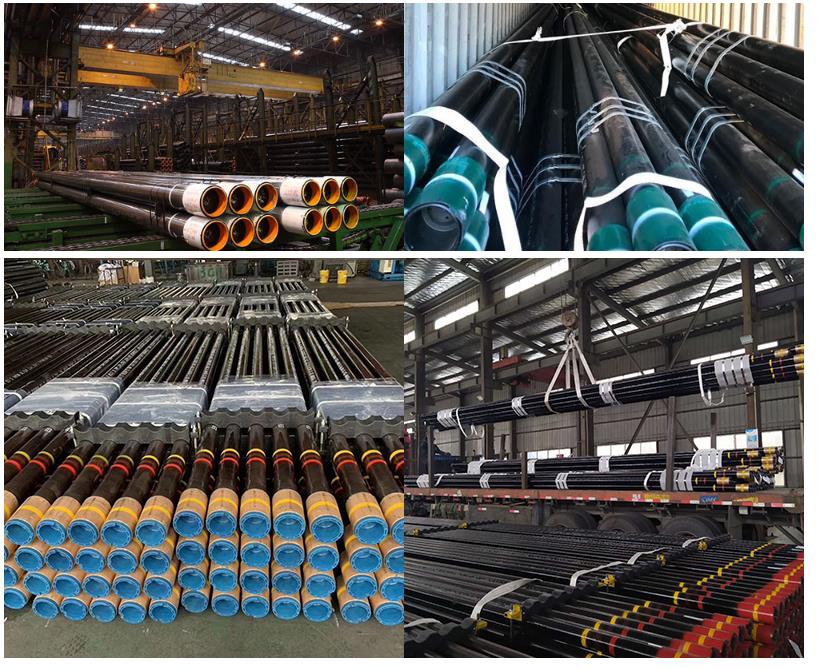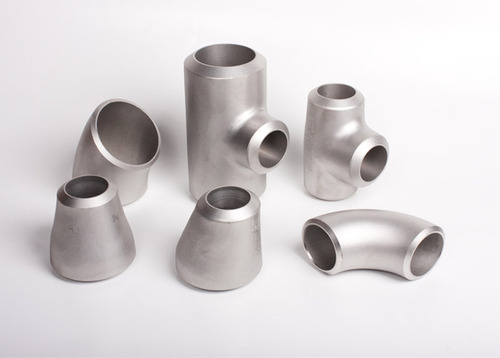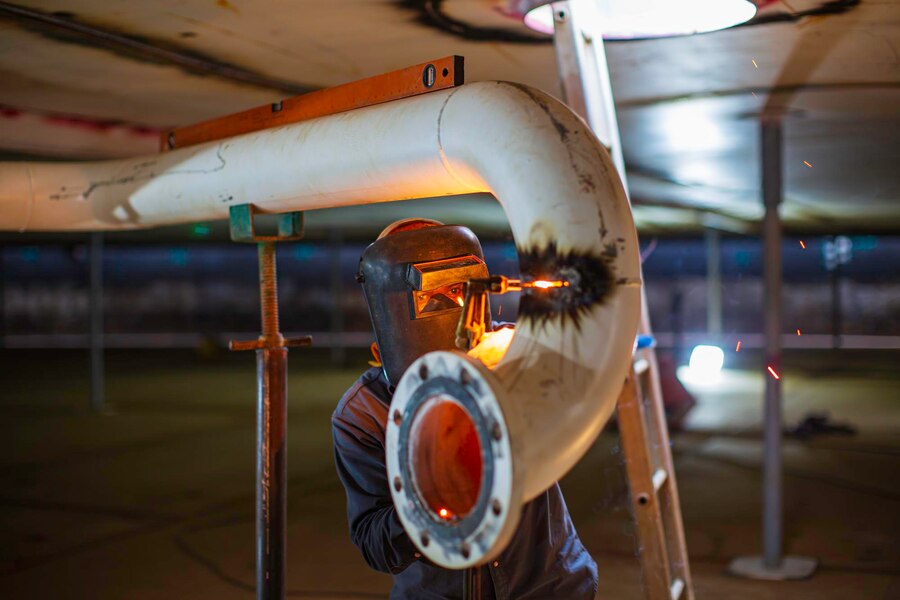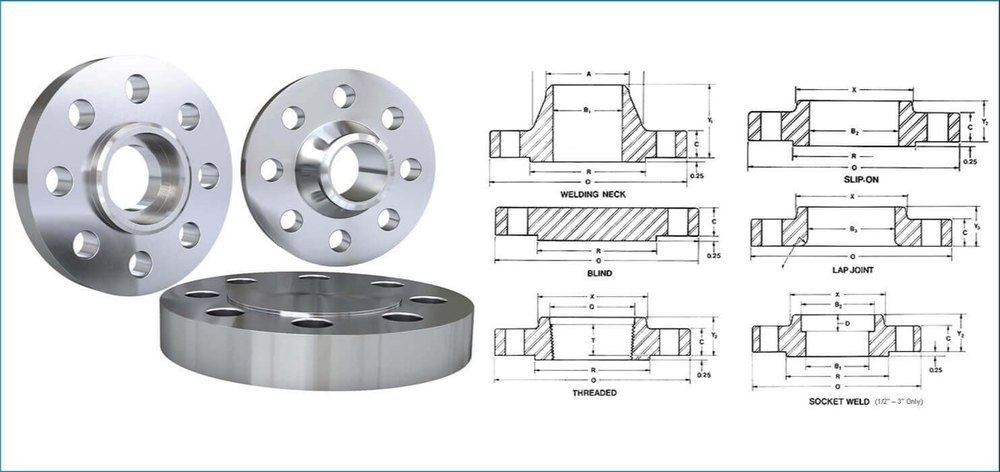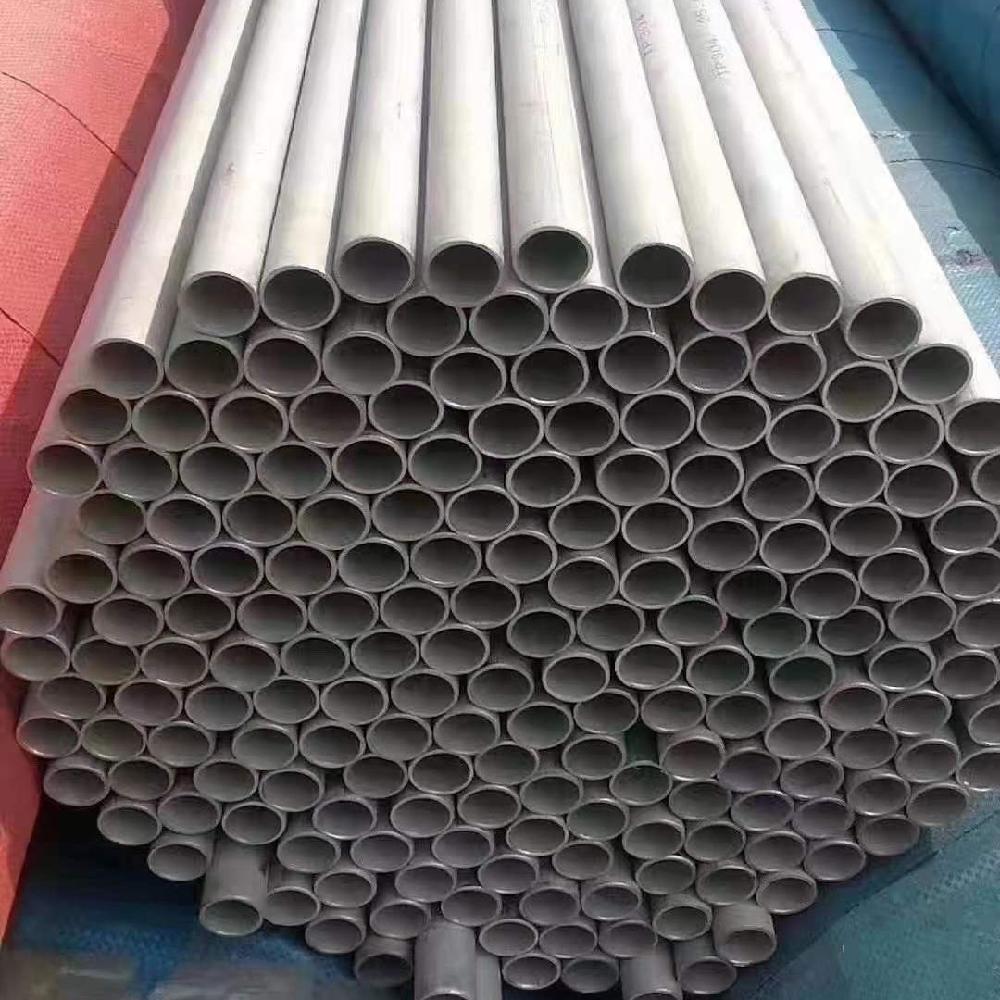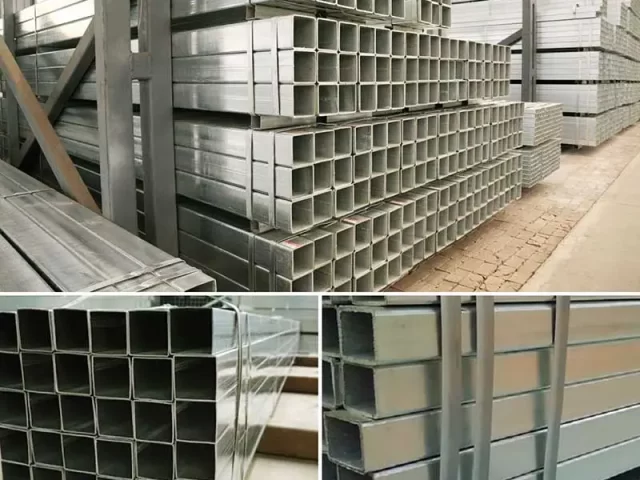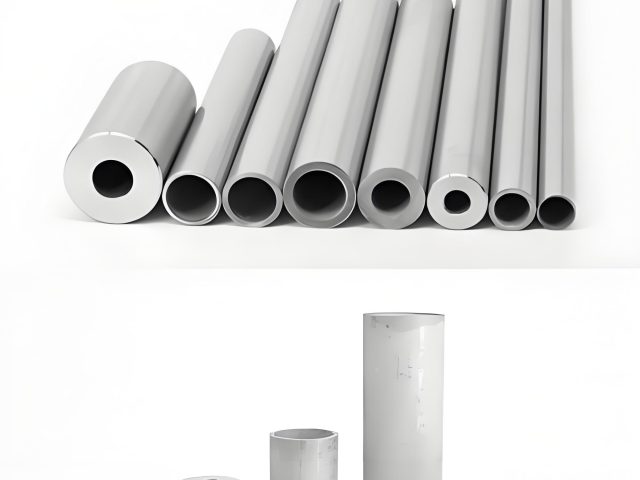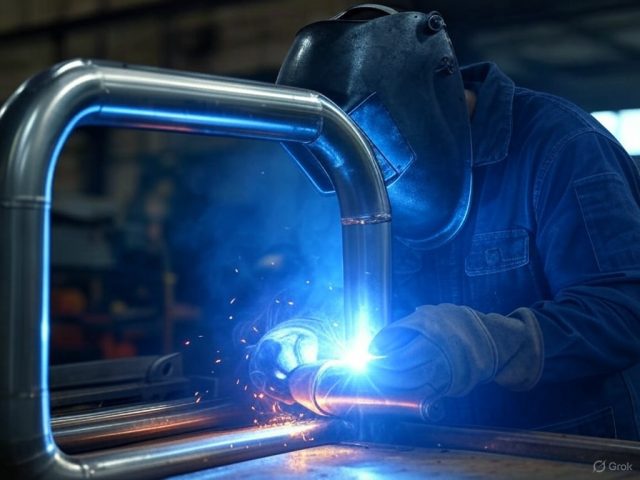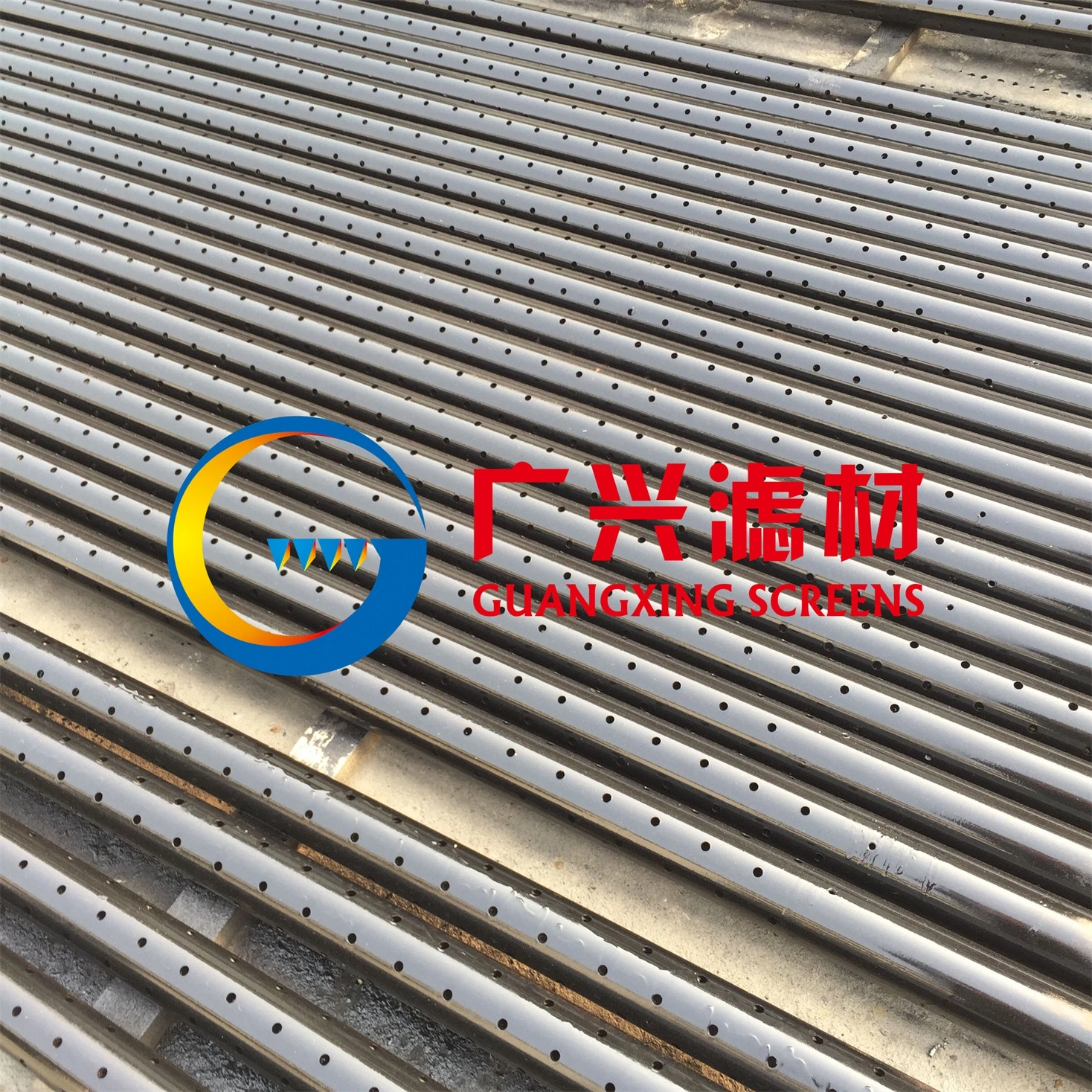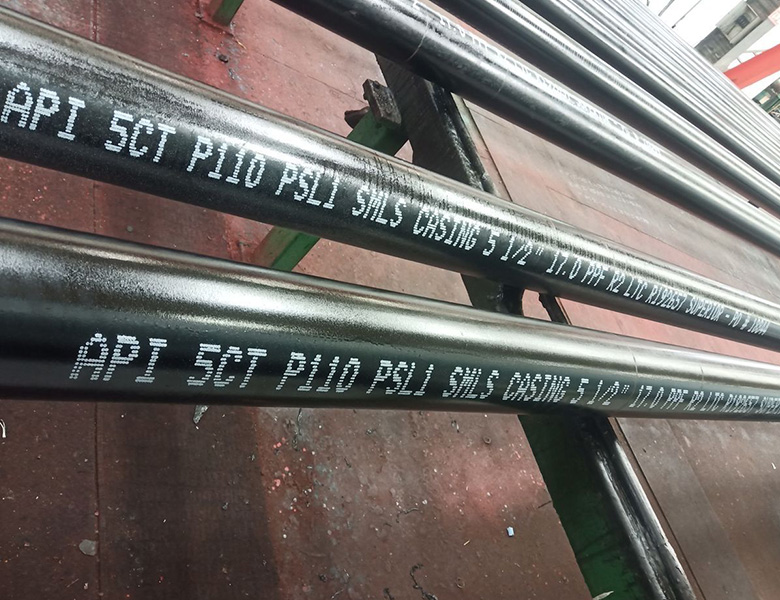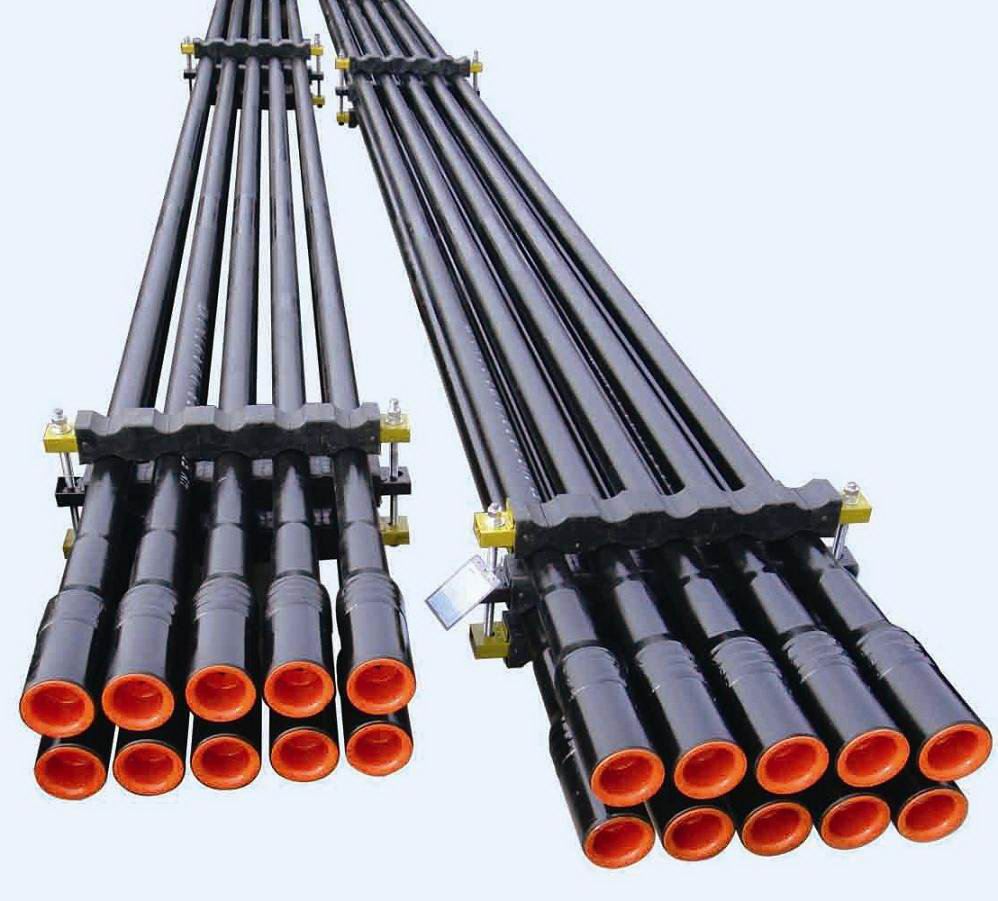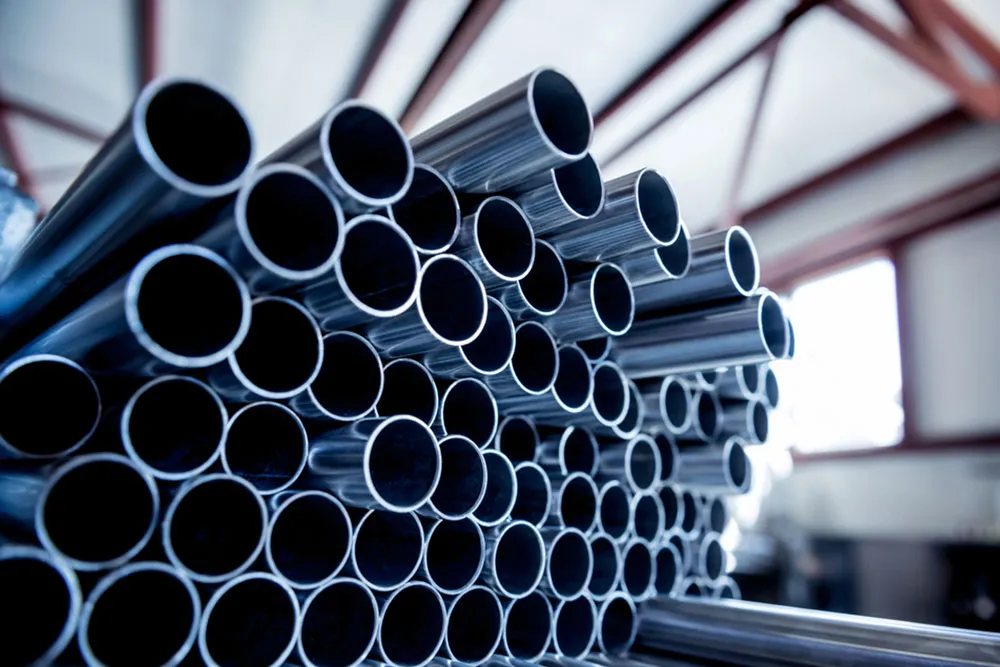L80 belongs to steel grades group of corrosion-resistant casing. L80 API oilfield casing pipe includes L80-1, L80-9Cr, and L80-13Cr. L80-1 is used in the H2S environment, while L80-9Cr and L80-13Cr are used in the CO2 environment.
November, 2023 » Stainless Steel & Alloy Steel Pipes | 2PE 3PE coated pipe | Pipe Fittings - Pipeline Technology R&D Factory
ANSI B16.9 Stainless Steel 904L Welded Buttweld Fittings are a highly durable and reliable choice for a wide range of industrial applications. Their unique chemical composition and excellent mechanical properties make them particularly suitable for environments where high corrosion resistance is required.
Stainless Steel 304/304L/304H Buttweld Fittings are versatile fittings known for their high corrosion resistance and superior welding characteristics. The 304/304L/304H versions of stainless steel are variations of a basic 18-8 grade, where 18 represents the chromium percentage and 8 the nickel percentage.
Based on the information provided, the ASME B 36.10 and B 36.19 standards define the dimensions and weight of welded and seamless steel pipes. These standards provide guidelines for the manufacturing and installation of steel pipes in various industries, including oil and gas, petrochemical, and power generation. ASME B 36.10 specifies the dimensions and weights of welded and seamless wrought steel pipes. It covers pipes ranging from NPS 1/8 (DN 6) through NPS 80 (DN 2000) and includes various wall thicknesses and schedules. The dimensions covered include outside diameter, wall thickness, and weight per unit length.
Understanding Flanges: Flanges are mechanical devices used to join pipes, valves, or other equipment. They need to be robust, durable, and resistant to corrosion. Flange Dimensions: The nominal size of a flange should correspond to the bore size of the connecting pipe. The flange rating indicates its pressure and temperature performance.
In industrial and residential applications, it is frequently necessary to join different types of metals. These connections can be between stainless steel and carbon steel, two of the most commonly used materials in piping systems. This article will walk you through the process of connecting stainless steel pipe to carbon steel pipe fittings, the challenges involved, and how to overcome them.
Headquarters
We are everywhere


